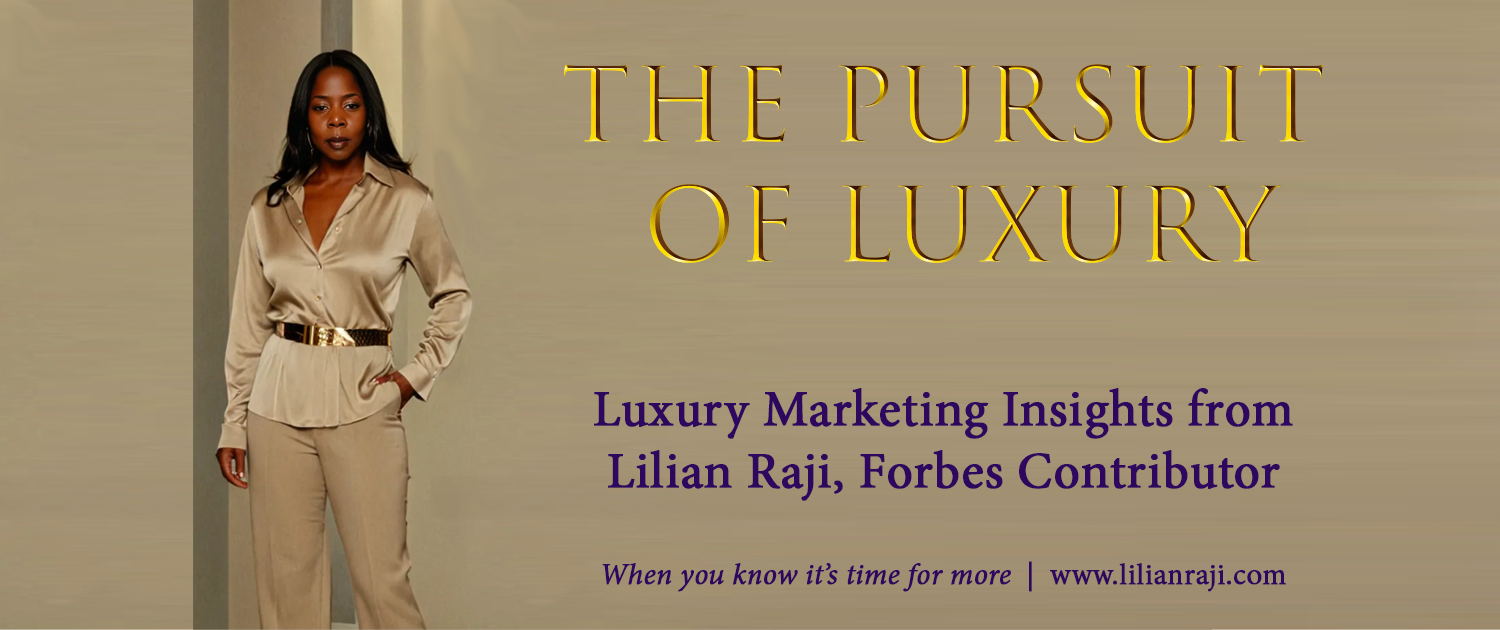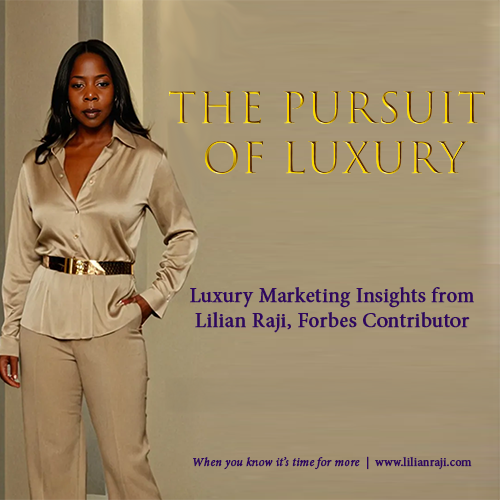When the Hunter Becomes the Hunted: How Hermès Dethroned LVMH
Bernard Arnault, the Emperor of Excess who once secretly accumulated 23% of Hermès shares in a failed takeover attempt, has watched his 75-brand empire lose its crown as the world’s most valuable luxury company to the very house he tried to swallow whole.
LVMH’s Q1 2025 results revealed a 3% organic revenue decline to $23 billion, pulling down the broader luxury market. Meanwhile, Hermès galloped ahead with 7.2% revenue growth, posting increases across nearly all geographical areas and product categories while its former would-be acquirer struggled.
My Forbes exploration of this market shift reveals more than just corporate drama—it exposes fundamental changes reshaping luxury’s future in an increasingly challenging environment.
The Market Reality Behind the Headlines
The luxury sector faces its first potential value decline since 2016, with growth projections plummeting from 5% annually between 2019-2023 to just 1-3% through 2027. According to insights from Launchmetrics’ recent market analysis, this deceleration stems from three converging forces: market saturation diluting exclusivity, macroeconomic headwinds particularly in China where luxury consumption has slowed considerably, and evolving consumer preferences prioritizing experiences over goods.
The podcast breaks down how these pressures are affecting different luxury strategies, with LVMH’s portfolio approach facing unique challenges while Hermès’ singular focus proves increasingly resilient.
LVMH’s core fashion and leather goods category dropped 5%, with Asia (excluding Japan) plunging 11%. Meanwhile, Hermès achieved Europe growth of 13.3% and Americas growth of 11%, demonstrating what Launchmetrics CMO Alison Bringé calls the power of “the brand as the most important financial asset.”
Strategy Divergence in Action
The contrast between these luxury giants reflects fundamentally different philosophies. LVMH thrives on acquisition and scale, typically finding efficiencies through optimized production locations and costs. Hermès invests heavily in artisans, maintaining workshops with no more than 250 employees to ensure quality craftsmanship and work environment.
Where LVMH excels at leveraging celebrity endorsements and splashy media moments like its 2024 Olympic Games sponsorship, Hermès takes a measured approach focusing on storytelling, craftsmanship, and building communities so loyal customers have sued when denied purchasing opportunities.
The Voice-Centric Evolution
Brands successfully navigating current challenges are adopting what Launchmetrics calls a “voice-centric approach,” recognizing the need for multi-channel strategies rather than siloed marketing efforts. This framework involves five key voices: celebrities for awareness, media for awareness and consideration, influencers for legitimacy, partners for conversion, and owned media for retention.
The most effective strategies strike balance between reach, relevance, and resonance—areas where Hermès’ deep focus on storytelling and community connection proves particularly powerful.
Sector-Specific Insights
The jewelry and watch sectors show contrasting trends. In jewelry, premium segments achieved 34% year-over-year growth in Media Impact Value, driven by smaller, more agile brands embracing innovation. Watches saw luxury brands leading with 17% growth through consumer-centric, innovation-led approaches.
LVMH’s Watches & Jewelry division remained stable despite overall group struggles, while Hermès’ watch métier declined 10%—suggesting opportunities for cross-learning between these luxury approaches.
Strategic Lessons Forward
My analysis reveals five areas where LVMH could learn from Hermès’ resilience:
- Focusing on brand equity over expansion
- Embracing stakeholder-centric approaches treating everyone as potential ambassadors
- Investing in craftsmanship and storytelling as consumers become more discerning
- Thinking like media outlets to build community rather than just push products
- Balancing global and local strategies to avoid over-reliance on specific markets.
The luxury landscape increasingly rewards authentic emotional connections over broad portfolio reach. The future belongs to brands mastering depth over breadth.
Listen to the podcast above for detailed analysis of these luxury market shifts, then read my full Forbes article for comprehensive examination of how changing consumer expectations are reshaping competitive dynamics between industry giants.


